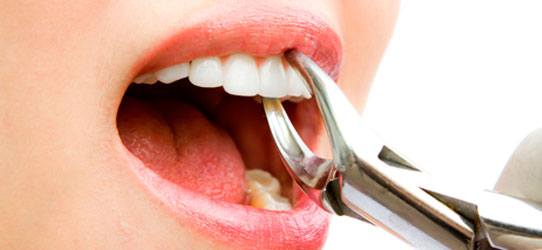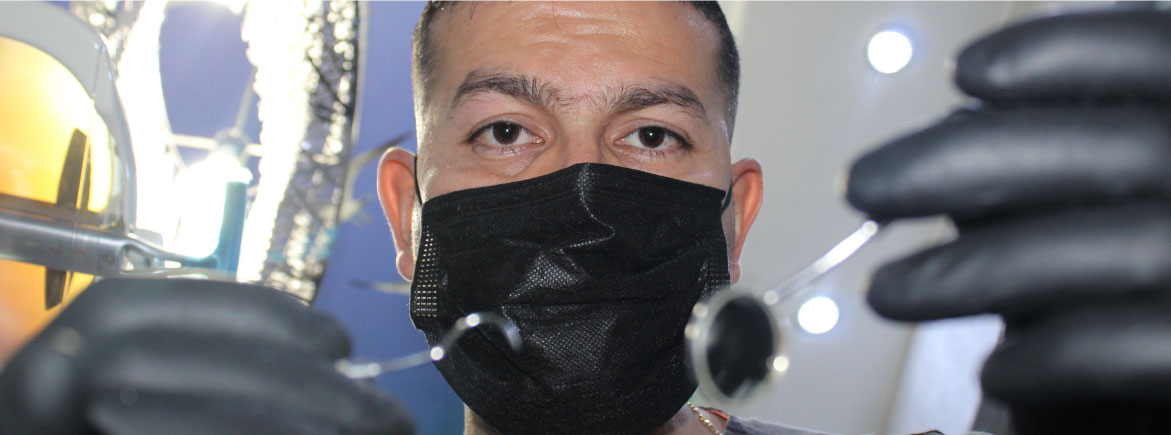 Tooth Removal
Tooth Removal
If a tooth has been broken or damaged by decay, we will try to fix it with a filling, crown or other dental treatment. But when there's too much damage for the tooth to be repaired, the tooth may need to be extracted — or removed — from its socket in the bone.
Preparation
Your dentist or oral surgeon will take an X-ray of the area to help plan the best way to remove the tooth. Be sure to provide your full medical and dental history and a list of all medicines you take. This should include both prescription and over-the-counter drugs, vitamins and supplements.
TOOTH REMOVAL Procedures
There are two
types of extractions:
A simple extraction - this procedure is on a tooth that can be seen in the mouth. For a simple extraction, the dentist loosens the tooth with an instrument called an elevator. Then the dentist uses forceps to remove the tooth.
A surgical extraction - this is a more complex procedure, which is used if a tooth may have broken off at the gum line or has not erupted in the mouth. The oral surgeon will make a small incision into your gum to surgically remove the broken tooth or impacted wisdom tooth.
We will give you detailed instructions on what to do and what to expect after your surgery. If you have any questions, make sure to ask us before you leave the office.
Tips for Pain Management After TOOTH REMOVAL
Here are a few tips to help minimize your discomfort and speed recovery:
You can put ice packs on your face to reduce swelling. Alternate 20 minute on and 20 minutes off.
Eat soft and cool foods for a few days.
Starting 24 hours after surgery, swish with warm salt water. Use one-half teaspoon of salt in a cup of water.
You should not smoke, use a straw or spit after surgery. These actions can pull the blood clot out of the hole where the tooth was.
Call us immediately if:
The swelling gets worse instead of better.
You have fever, chills or redness.
You have trouble swallowing.
You have uncontrolled bleeding in the area.
The area continues to ooze or bleed after the first 24 hours.
Your tongue, chin or lip feels numb more than 3 to 4 hours after
the procedure.
The extraction site becomes very painful -- This may be a sign
that you have developed a dry socket.










